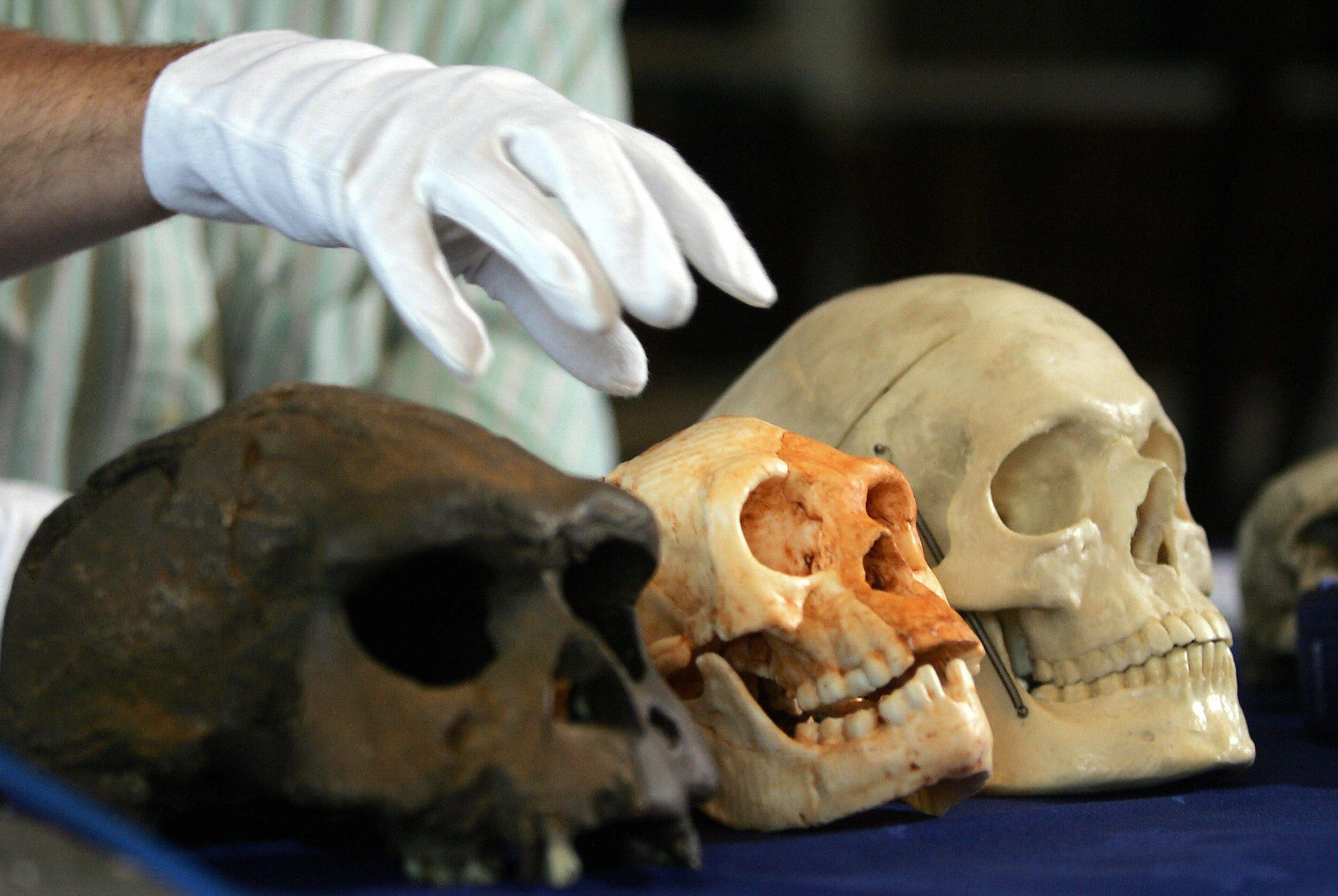
The study, published in the journal Science, reveals that no genetic exchange took place between the tiny extinct hominin species Homo floresiensis, which once inhabited Flores, and the ancestors of a group of extremely short-statured humans who live there today.
The remains of H. floresiensis, or the "Flores Hobbit", were first discovered in the Liang Bua cave on the island in 2003. Intriguingly, the remains were those of a mature adult who would have stood just one metre tall.
Evidence suggests H. floresiensis lived on the island between 60,000 and at least 100,000 years ago. Yet the nature of their relationship to modern humans remains a mystery, in part because no Hobbit DNA has ever been recovered.
Today, several dozen families live in the nearby hamlet of Rampasasa, the overwhelming majority of whom are extremely small, with an average height of around 145cm.
Their small stature and close proximity to the Liang Bua site prompted suggestions that somewhere in their ancestral history, genetic intermixing with the archaic hominins may have occurred.
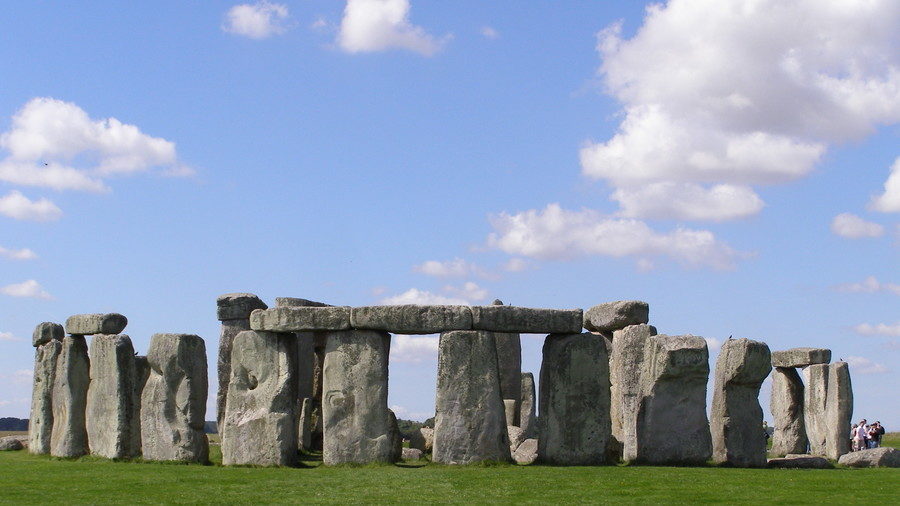
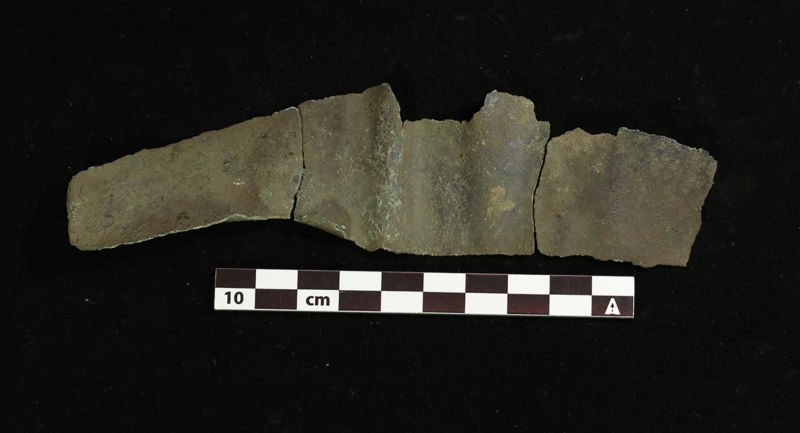
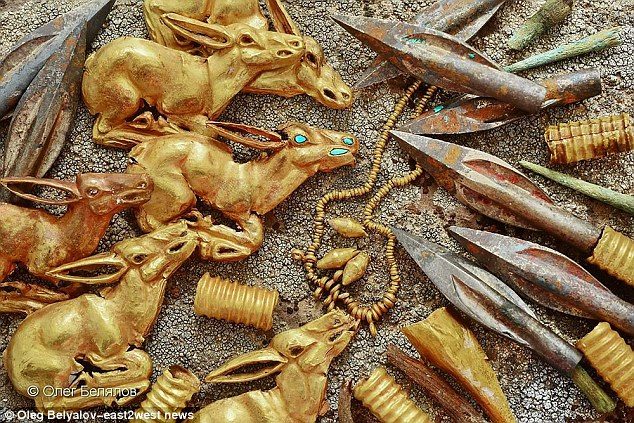


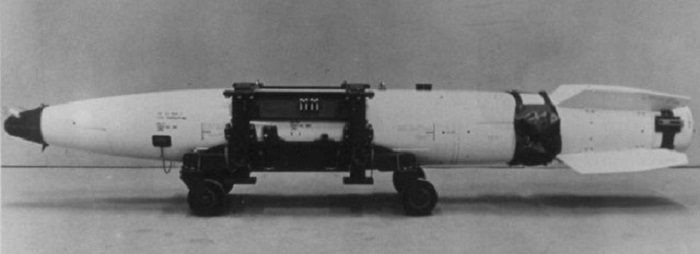
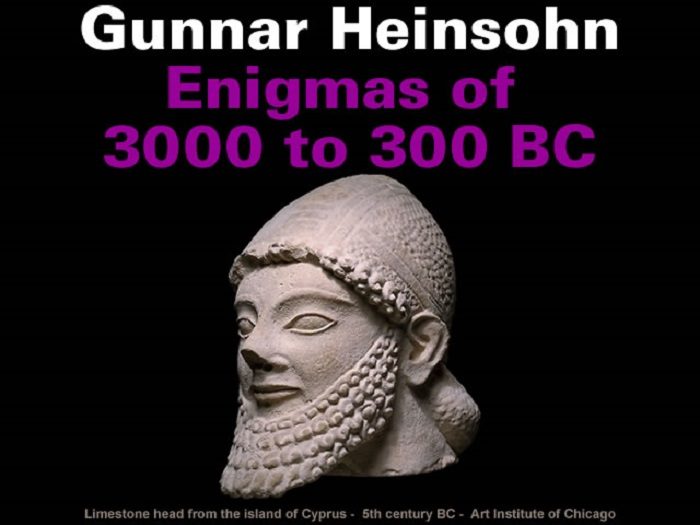
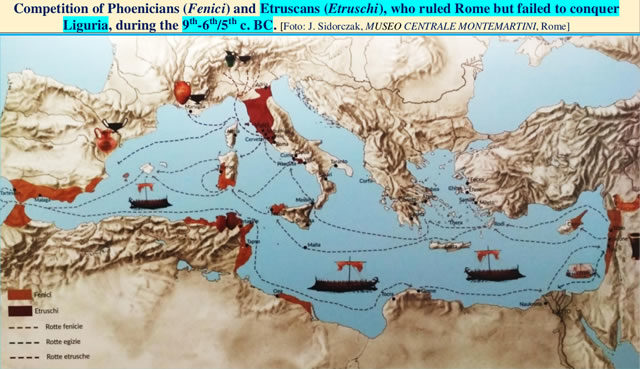
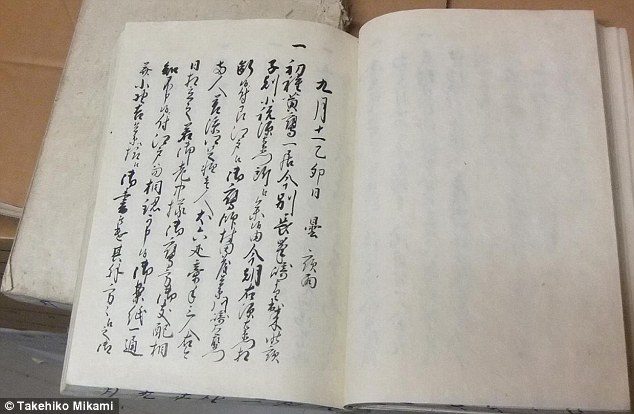
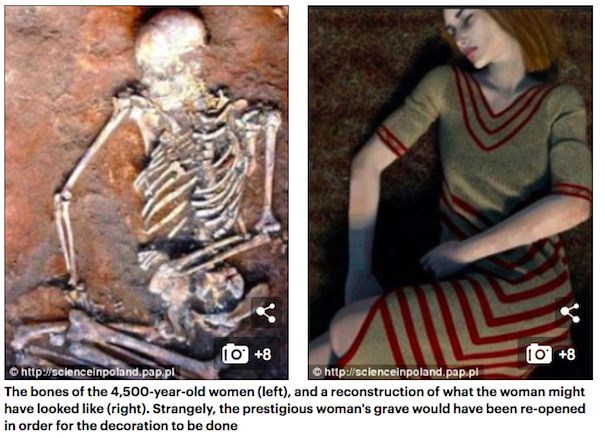




Comment: These findings are very interesting and the new technique will likely prove valuable for a great many more sites, however it seems that the great mysteries of Stonehenge such as who built it, how they built it and why, have yet to be revealed: